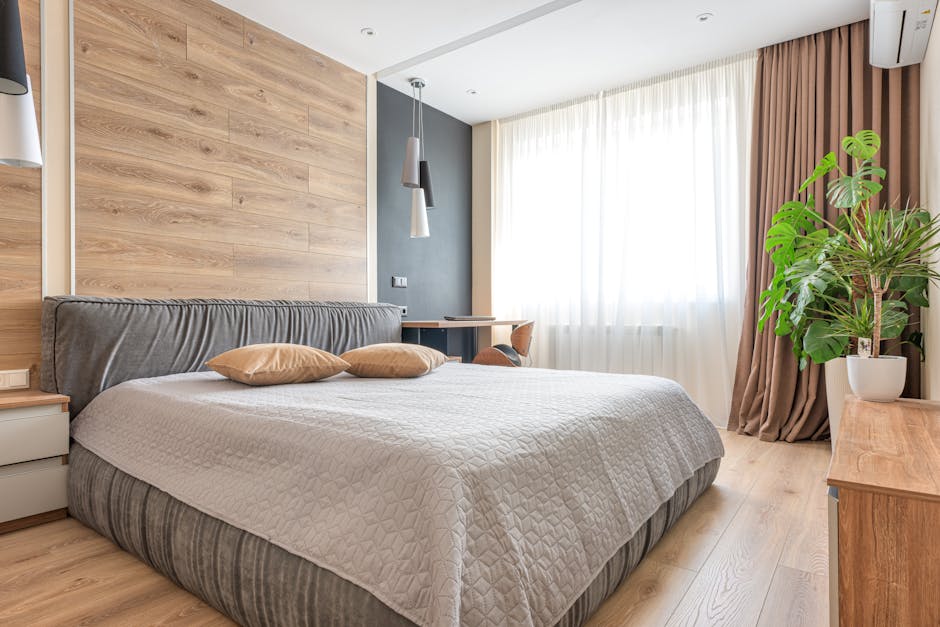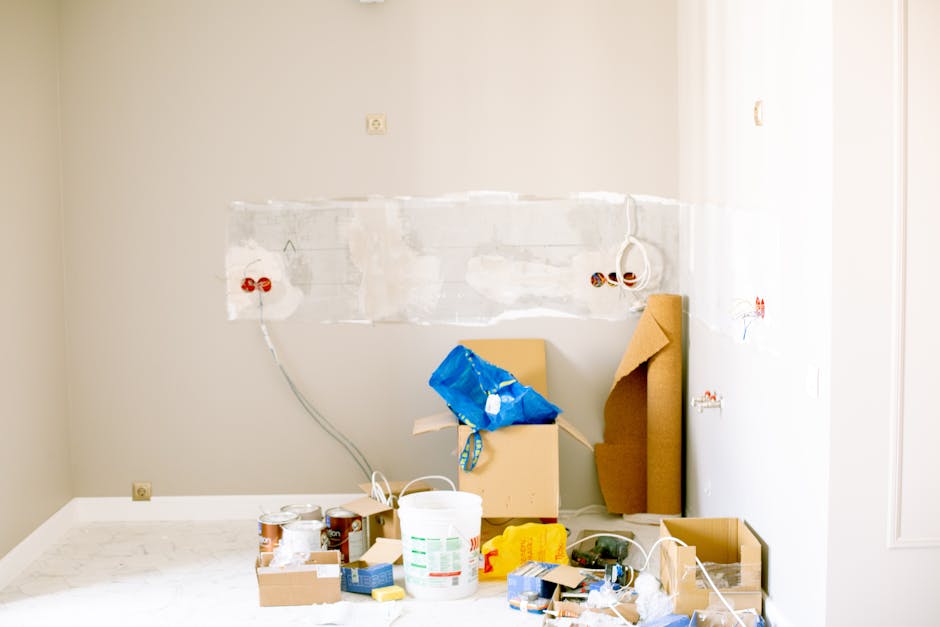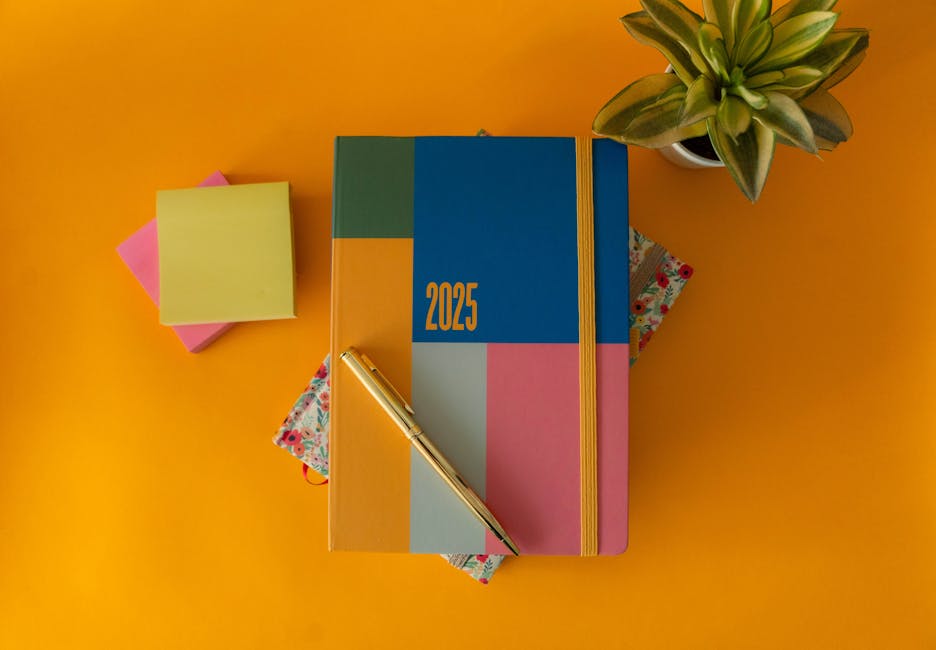Design With Intention, Not Impulse
Creating a functional and inviting living space isn’t about copying trends—it’s about building a home that supports the way you live. Before you buy another piece of furniture or decor item, take a step back and ask: what is this space really for?
Define the Purpose of the Space
Start by identifying the primary role of the room you’re designing. When each area serves a clear function, your design choices become easier—and more meaningful.
- Relaxation: Need a sanctuary after a long day? Prioritize cozy textures, ambient lighting, and calming colors.
- Entertaining: Focus on flow, seating arrangements, and durable, stylish surfaces for food & drinks.
- Reading or Focus: Choose ergonomic furniture, natural light, and minimal distractions.
Avoid Impulse Buys
Trendy pieces can be tempting, but unplanned purchases often lead to clutter and regret. Instead:
- Make a list based on your lifestyle needs
- Set a clear aesthetic direction before shopping
- Give yourself a 24-hour cooling-off period before major buys
Being intentional helps you curate a space that feels personal and practical—not just Pinterest-worthy.
Prioritize Comfort Over Trends
It’s easy to get swept up in seasonal styles, but true comfort never goes out of fashion. Ask yourself:
- Does this piece support how I use the space daily?
- Is this material inviting and long-lasting?
- Will I still love this choice a year from now?
Designing with comfort in mind ensures your space feels good to live in—not just look at.
Color Choices: More Than Just Aesthetic
Your color palette sets the tone for an entire space—literally. Whether you’re redesigning a room or starting fresh, understanding how specific hues impact mood and perception is essential in 2024.
Warm Neutrals Set the Mood
Creating a cozy, welcoming environment starts with a warm base. Soft shades like taupe, beige, clay, and warm whites are timeless.
- Instantly create a sense of calm and comfort
- Serve as a versatile backdrop for various styles
- Easily layered with textures and natural materials
Accent Colors for Pop and Purpose
Bold colors still have a place—but they work best in moderation. Strategic accents bring life to a room without overwhelming it.
- Use sparingly to draw attention and add contrast
- Ideal for throw pillows, art, or a single painted wall
- Consider palettes with earthy blues, soft greens, or muted terracotta
Natural Light Makes the Difference
How a color appears depends heavily on lighting. Leverage natural and warm artificial light to bring out the best in neutral tones.
- Daylight enhances softer neutrals and keeps spaces feeling airy
- Warm bulbs complement cozy tones, especially in the evenings
- Test paint swatches in different lighting before committing
For deeper insight into how color affects mood and design, check out The Science Behind Color Palettes and Mood in Home Design.
Choosing colors is about more than trends—it’s about how your home makes you feel.
Sometimes, the biggest difference in a space doesn’t need a trip to the store—it just needs a shift in perspective. Rearranging your furniture can completely change the energy of a room. Move your couch to face natural light, swap chairs between rooms, or open up space by clearing cluttered corners. No cost, big impact.
Next, dig through what you already own. That blanket in the closet? It could be the cozy throw your sofa’s been missing. A woven basket collecting dust? It works just fine as a textured accent or planter cover. The key is to repurpose with intention, not just for the ‘aesthetic,’ but for function too.
Finally, quick upgrades go a long way. Swapping cabinet knobs, changing out cushion covers, or updating light switch plates takes less than an afternoon. These smaller DIY tweaks breathe personality into a space without calling your bank. Focus on materials and details that speak to your vibe—because your home should look like yours, not like everyone else’s.
Textures matter. Not because they photograph well—but because they feel like something. In 2024, vlogging spaces are shifting from sterile backdrops to lived-in, touchable environments. Soft textiles, textured woods, and matte metals are the new visual language. It’s less about glossy perfection and more about grounding your space in things that look—and feel—real.
You don’t need a budget-busting overhaul to pull it off. Layer in warmth with affordable rugs, chunky throws, or even secondhand pillows. Use the kind of materials that invite people in rather than impress from a distance. Think: your vlog set isn’t just a flex—it’s part of your story. And that story should feel personal, tactile, and real. Comfort beats flash.
If viewers can sense what the room feels like, not just see it, you’re doing it right.
Lighting can make or break a vlog’s atmosphere. Warm, soft lighting immediately shifts the mood, making even a basic setting feel inviting and intentional. It doesn’t take studio-grade gear, either. A few well-placed floor lamps, a couple of table lamps with fabric shades, and a candle or two can create a layered glow that works wonders on camera.
The trick is to mix light sources at different heights and intensities. This gives depth without washing everything out. Just avoid leaning too hard on overhead lighting—it’s often too harsh and flattens your face. If you’re stuck with only ceiling lights, kill them and bring in your own warm setups. Your viewers may not know exactly what you changed, but they’ll feel the difference.
Budget-friendly upgrades bring life to vlogs without draining your wallet. Thrift stores are a solid bet—think one-of-a-kind coffee mugs, retro posters, or an oddball floor lamp that quietly steals every scene. These pieces carry stories, and that kind of texture shows through on camera.
For basics, discount home goods from big-box stores or online marketplaces are doing heavy lifting. Minimalist lighting, peel-and-stick wallpaper, or a clean desk setup can raise your production value with little legwork. Don’t sleep on secondhand marketplaces either—you’d be surprised how often creators flip a $20 find into a vibey set piece.
And yeah, plants. Doesn’t matter if it’s a real pothos or a fake monstera from the clearance aisle. Greenery fills empty visual space and adds a little calm to the chaos. Turns out life looks better with a leaf or two in the background.
You don’t need a massive budget to make your space pop on camera. Start with a bold art piece or an oversized mirror—either can anchor your setup and add instant focal appeal. Mirrors also bounce light, making your vlogging nook seem bigger and brighter.
No extra wall space? Create one. Try a feature wall using budget-friendly paint or peel-and-stick wallpaper. One solid stroke of color or a subtle pattern can elevate your background without overcomplicating things.
And don’t overlook lighting. No need to splurge on studio rigs. A single statement lamp or a few well-placed LED strips can totally change your vibe. The trick is balance—some shadows are good, but your viewers still want to see you clearly.
Smart Layouts: Move Less, Live More
Small spaces demand flexibility, and that’s where multipurpose furniture comes in. Ottomans double as coffee tables or hidden storage. Storage benches seat two guests and hide the mess. These aren’t just space-savers—they’re workflow tools for everyday life.
If you’re vlogging in a corner of your living room, you need gear that moves fast and fits multiple roles. Lightweight side tables, collapsible lighting rigs, and foldable chairs let you reset the environment without hauling furniture around. The room becomes what you need it to be—studio, lounge, workspace, reset.
Modular layouts take the guesswork out of redesigns. Instead of buying and rebuying furniture down the line, creators are investing in pieces that click together, grow with the space, and make fewer layout mistakes in the long run. It’s about cutting friction—get the vibe right without spending hours rearranging.
How Do You Want This Room to Feel at the End of the Day?
Start there. Before obsessing over paint swatches or light fixtures, ask yourself: Do you want the room to feel calm? Inviting? Energizing? This one question clears a lot of noise. Cozy, in 2024, isn’t just about blankets and soft lighting—it’s about emotional comfort. A room that makes you breathe easier. The kind of space that resets your brain after a long day.
That means designing for how you live, not for likes. If you’re always shifting furniture to make space for yoga or kids or reading in a corner, build around that. Buy the chair that’ll support your back through an evening read, not the one that just looks good in photos. Cozy isn’t a ton of throw pillows—it’s a space that makes your daily life smoother.
Spend your budget with a clear line of sight on improvement. What actually makes your evenings better: softer lighting? A coffee table you can prop your feet on without guilt? Sometimes it’s as small as better storage. Aesthetics can follow function. Cool only matters if it also feels good.
A cozy living room doesn’t come from a catalog. It comes from intent. You don’t need a designer couch or high-end lighting to make the space work. What you do need is a clear sense of who you are and how you actually use the room. That’s where the magic happens.
Start with restraint. Fewer items, more meaning. A beat-up armchair with a story trumps a trendy generic piece every time. Think layers, not clutter: a comfortable throw, a reading lamp you love, maybe a shelf of books that matter to you. It’s not about volume—it’s about connection.
Then lean into creativity. Mix old and new. Combine textures. Repurpose things you already own. A handmade coffee table or thrifted side lamp can bring more personality to a room than anything mass-produced ever will. Comfort and usefulness need a seat at the table, right alongside style.
At the end of the day, a true cozy space has soul. It’s not just aesthetic—it’s emotional. When your living room reflects who you are and supports how you actually live, that’s when it works. Not trendy. Just true.




